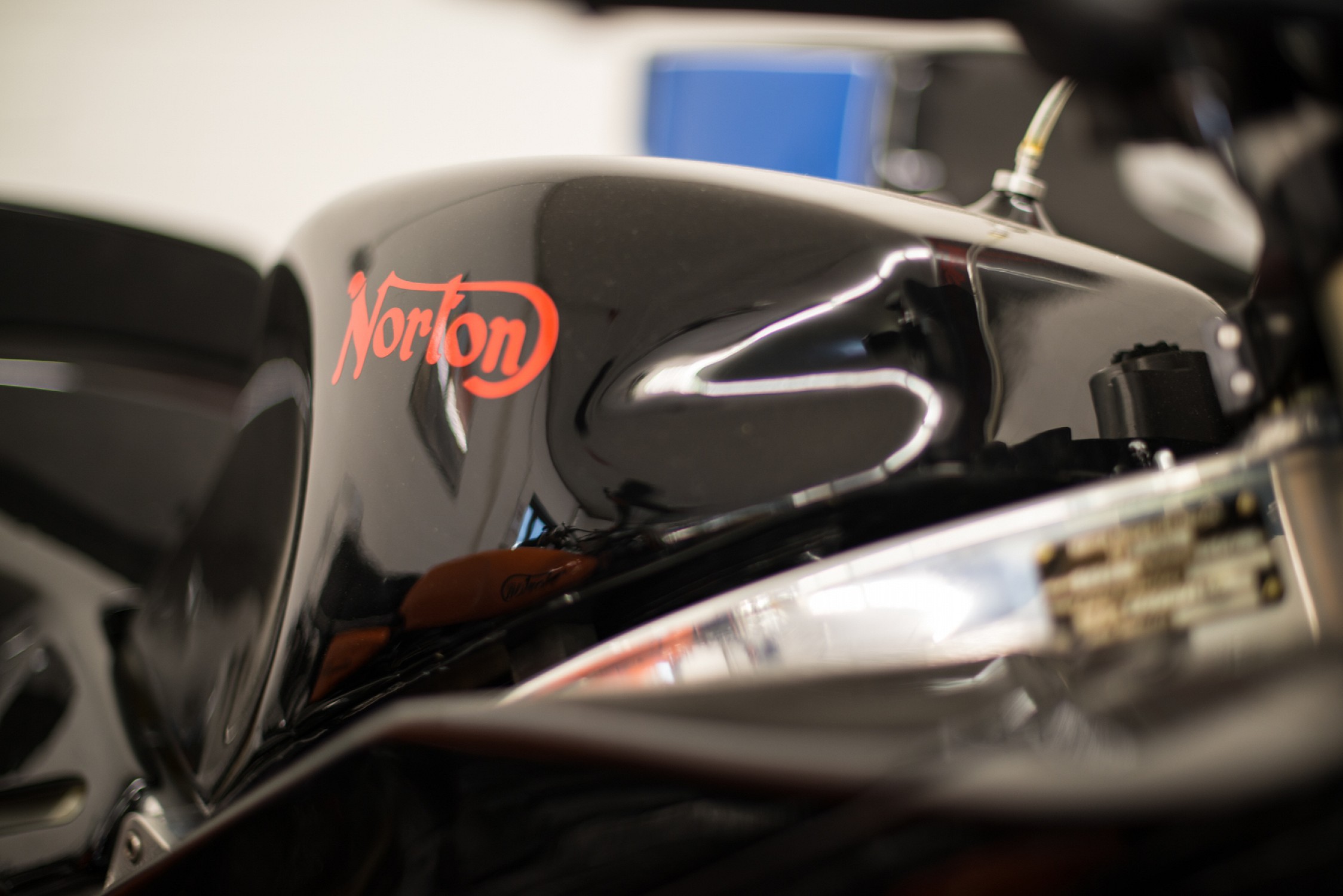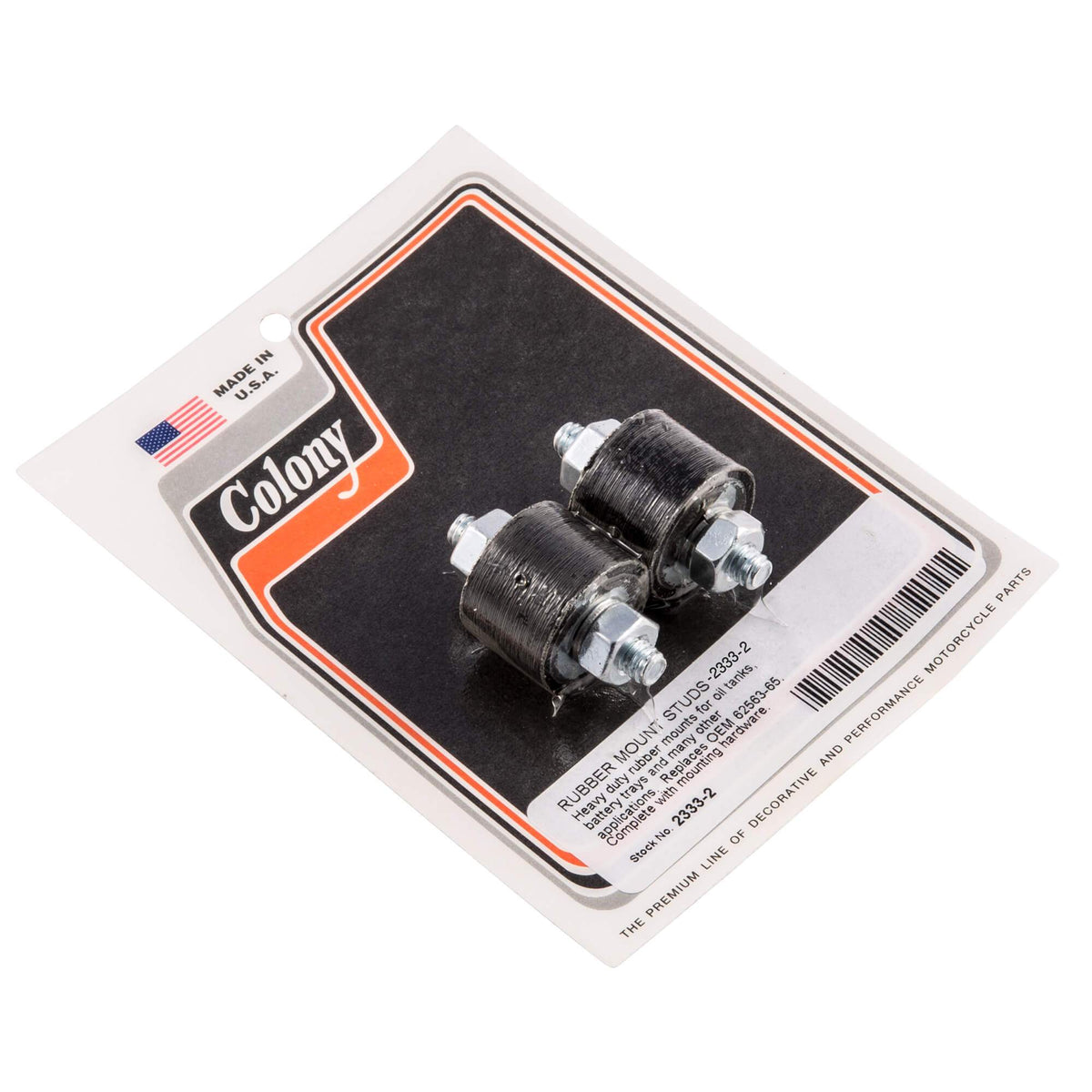My oil tank is also flat on the bottom with a thin sheet brazed to the bottom. Here, I incorporate two pads, one on the underside of the tank, and one between the inner side of the tank that faces the Drive/left side, against the battery box/side. The left side pad is just under 1 centimeter and is dense foam with a sticky side for adhesion. The supporting, underside pad thickness is not known until you mount the oil tank and look at the amount of space the supporting lower pad will need to fill. Here, I was able to use the same pad as the side, but I have a collection of rubber and foam pads and could have used a thicker, but less dense, supporting pad, so your mileage may vary, There are probably opinions on how dense you want any pad given the vibration and further the tension a pad might add to the upper mounting rubbers.
When you fix the cover over the oil tank the lowermost rubber bung that fits through the panel's supporting eye pushes the oil tank in against the battery box. Its fit between the Z plate and frame ensure it's snug.
I am keen to hear what folks think about my method and any faults you might see.





